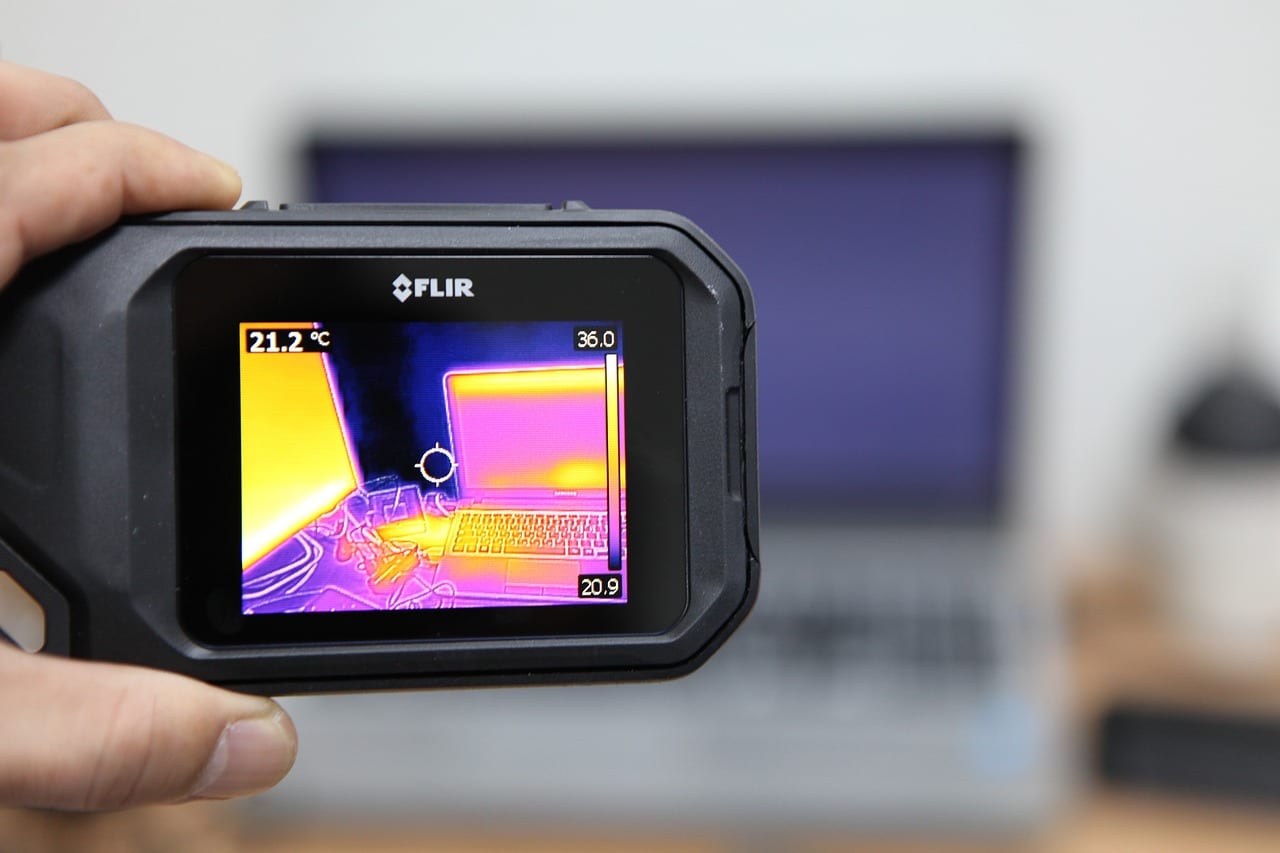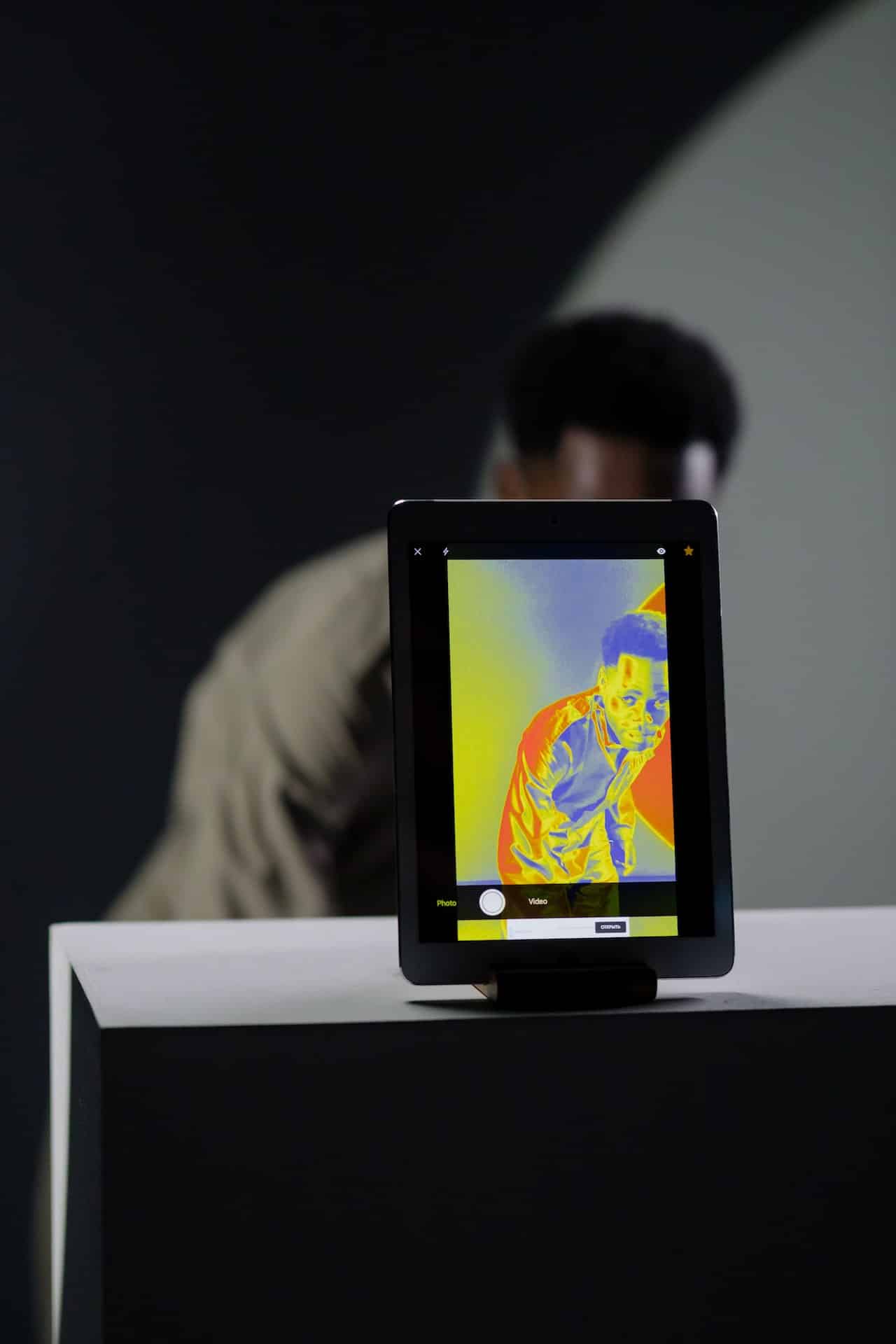Thermal imaging cameras, also known as infrared cameras, are powerful tools used in various industries to detect temperature variations that can indicate issues such as hot spots, heat loss, etc. Infrared cameras use infrared technology to detect even the slightest temperature difference, visually representing potential problems that may not be visible to the naked eye.
IMAGE: PIXABAY
Thermal Imaging Camera Definition
A thermal imaging camera is a device that captures and converts thermal radiation into visible light to create an image. Thermal radiation is electromagnetic radiation emitted by all objects with a temperature above absolute zero.
The camera detects this radiation and creates an image based on the intensity of the radiation. The image created is a thermogram and can be used to identify hot and cold spots and measure an object’s temperature.
How The Infrared Cameras Work In Images Observations
Infrared cameras capture images based on the thermal radiation emitted by an object. This thermal radiation is invisible to the human eye but can be detected by an infrared camera. The image’s color produced by an infrared camera depends on the observed objects’ temperature. Hotter objects appear brighter than cooler objects. A hot piece of metal will appear bright white, while a cooler piece will appear dark black.
Key Specifications To Consider
When choosing a thermal imaging camera, there are several key specifications to consider:
Resolution
When choosing a thermal imaging camera, one of the key specifications is the resolution. The resolution of a thermal imaging camera is typically measured in pixels, and the higher the pixel count, the higher the resolution and the more detailed the images produced by the camera will be. However, it’s important to note that while a high resolution is important, it’s only sometimes necessary to have the highest resolution available.
The Camera Autofocus
Most infrared cameras on the market today offer some form of autofocus, which is an excellent feature if you plan on using the camera for security or surveillance purposes. There are two main types of autofocus: active and passive. Active autofocus uses an infrared beam to measure the distance to the object, while passive autofocus uses the image itself to focus.
Color Scheme
Infrared cameras use two primary color schemes: Black and White (B&W) and Grayscale. Black and white infrared cameras show heat as either black or white. Grayscale infrared cameras use different shades of grey to represent different temperatures.
Benefits Of Infrared Camera
Infrared cameras have an array of practical uses, ranging from industrial and environmental monitoring to use in the medical and automotive sectors. Infrared cameras have practical uses in various sectors, including automotive sectors, environmental monitoring, and industrial use. Below are some benefits of infrared cameras.
Non-Contact Detection: There are many benefits to infrared cameras, but one of the most important is their ability to detect people and objects without making contact. This is especially useful in hazardous environments with a risk of explosion or toxic fumes. Infrared cameras can also be used to detect hidden leaks or fires.
Enhanced Remote Monitoring: The primary benefit of using a thermal imaging camera is the ability to remotely monitor an area without being physically present. This can be extremely useful in various situations, such as monitoring a remote location for security purposes or checking on the status of equipment or processes in a manufacturing facility.
Infrared cameras can also be used when it is difficult or dangerous for a human to access, such as in hazardous environments or natural disasters. By remotely monitoring an area with a thermal imaging camera, you can gather critical information without putting yourself at risk.
Quick Identification: Usually, thermal cameras allow engineers to rapidly spot issues like a looming system failure that may require maintenance or hotspots that could show hazardous electrical liability.
Increased Efficiency and Productivity: In today’s fast-paced business world, increased efficiency and productivity are essential for success. Infrared cameras can help you achieve both goals by providing a clear view of your work area, even in low-light conditions. By allowing you to see potential hazards and obstacles before they become a problem, thermal imaging can help you avoid costly delays and accidents.
Conclusion
Thermal imaging cameras are powerful for detecting heat sources in any given environment. They provide unparalleled accuracy and flexibility, allowing you to monitor temperatures quickly from great distances. Whether you’re monitoring crops on the farm, searching for missing persons in the wilderness, or conducting surveillance operations at night – infrared cameras can help you get the job done quickly and easily.
IMAGE: PEXELS
If you are interested in even more technology-related articles and information from us here at Bit Rebels, then we have a lot to choose from.


COMMENTS